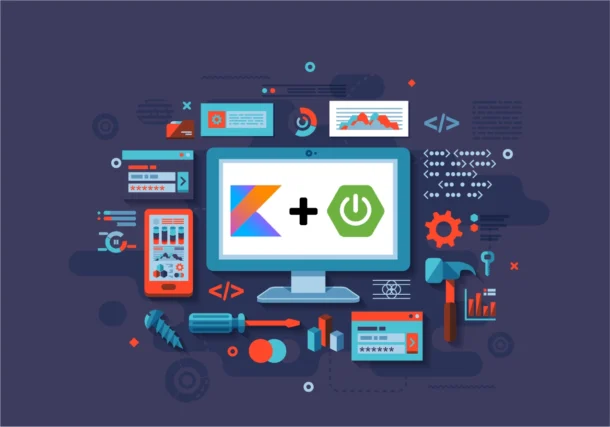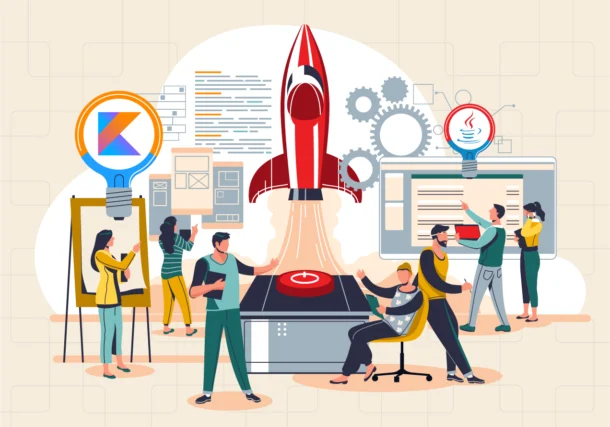The epilogue of the Topic Kotlin vs Flutter
Have you often found yourself in a situation where you get baffled about the two best tools that stand out as the best in the market? Okay, before dealing with it more, let’s discuss the current market scenario. Presently, the mobile industry is blooming at a very fast pace and this holds the future. Nowadays, every single requirement is fulfilled with the help of this mobile application. But building one mobile application, have you ever wondered what it takes?
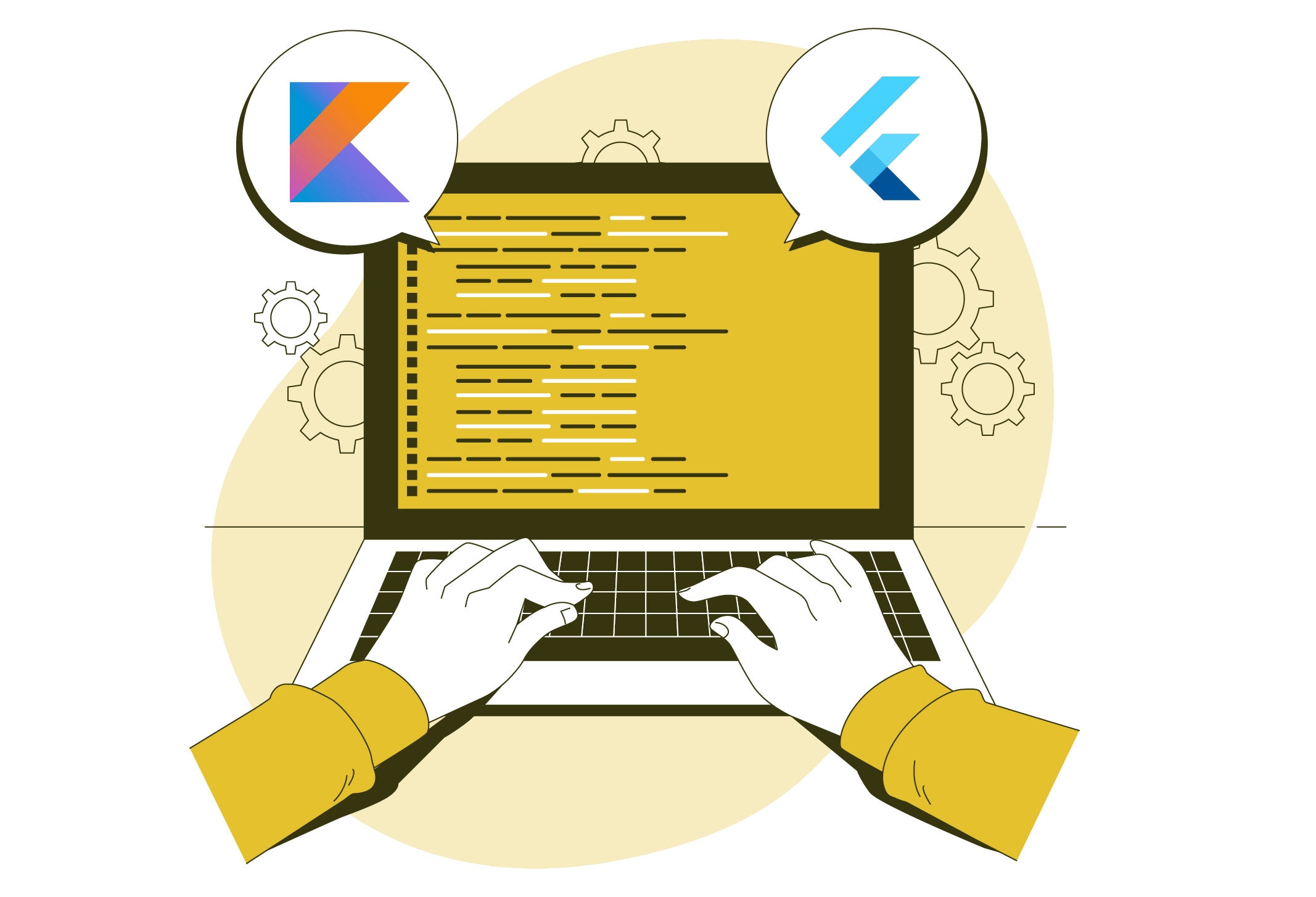
Most app developers are oriented towards using the best tools that are available in the market that are considered leading Android development tools i.e. Kotlin and Flutter. Kotlin is an open-source programming language that is designed to interoperate fully with Java and the JVM. One added key feature of Kotin is that it reduces the boilerplate code when compared to Java which allows developers to write more expressive code with fewer lines.
Also, kotlin’s type system helps to eliminate the null pointer exceptions by nuancing the nullable and non-nullable types at the compile time. On the other side of the plate flutter is an open-source UI software development toolkit that Google created. It is majorly used to build natively compiled applications for web, mobile, and desktop from a single codebase. One added key benefit is that Flutter allows developers to write code once and deploy it across multiple platforms including iOS, Android, and the web.
Moreover, flutter offers a rich set of personalized widgets that allows developers to create responsive user interfaces with smooth animations and transitions. Yet, these two are the best Android development tools, but are you confused about which one to choose; flutter or Kotlin? Don’t worry! In this blog, we have added additional insight about these tools separately, moreover, we will also be exploring their nuances as well! Besides, we will also take a glance at how to choose the best tool for your project. So let’s explore this topic and gain some basic insights.
Embracing what Kotlin is and why to use it?
Koltin was designed initially by JVM which is Java Virtual Machine and it is an open-source programming language. The major focus of Kotlin is on its clarity and safety. It was introduced by JetBrains in 2011 and the Koltin 1.0 was first released in February 2016. One of the major key strengths of Kotlin lies in its reliability and conciseness.
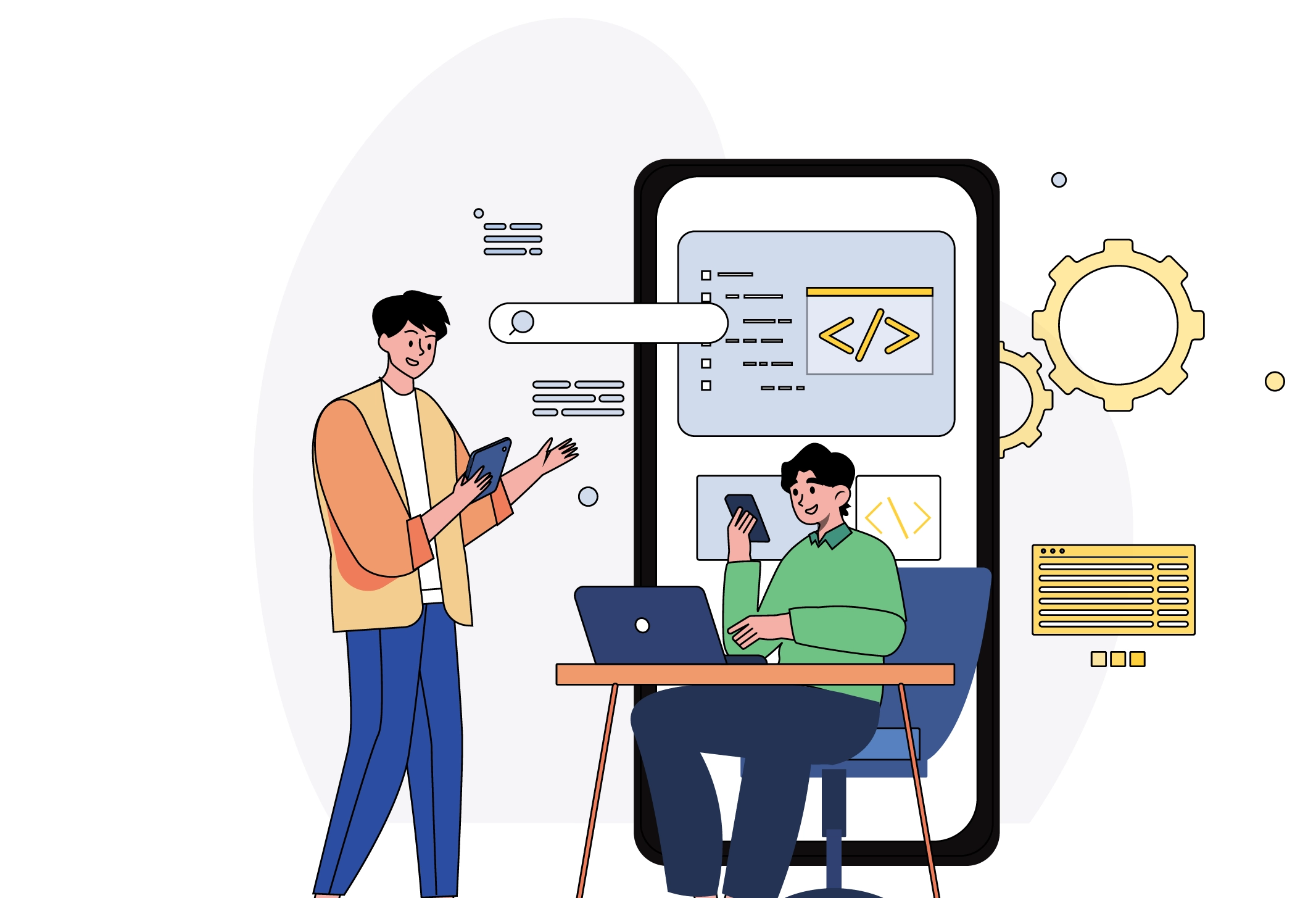
Kotlin removes the boilerplate code and provides the expressive syntax that allows developers to write more code with just fewer lines, which eventually leads to cleaner and maintainable codebases. Also, null pointer exceptions are another key strength that Kotlin solves the issue by adding the null safety features into its type system and making sure that all the null values are handled effectively at a compile time, thus reducing the risks of runtime crashes.
Moreover, Kotlin is fully compatible with Javam which means that developers can make use of Kotlin alongside existing Java codebases. Besides, Kotlin compatibility allows for a more gradual migration to Kotlin and offers developers to leverage the vast ecosystem of Java libraries and frameworks. Furthermore, Kotlin boasts a vibrant and supportive community of developers who actively contribute to its growth and evolution. With extensive documentation, tutorials, and resources available online, getting started with Kotlin is easier than ever.
Redefining What is Flutter and Why to Use It?
Flutter is an open-source UI software development toolkit that Google created. It allows developers to build a natively compiled application for mobile, web, and desktop from a single codebase. Flutter was designed with the respective goal of allowing developers to create beautiful, fast, and expressive user experiences across several other multi-platforms with very minimal effort. One added benefit is that Flutter allows developers to write code at once and deploy it across multiple platforms like iOS, Android, and the web. This significantly reduces development time and effort compared to building separate apps for each platform. Moreover, flutter provides a rich set of customizable widgets that allows developers to create beautiful, responsive user interfaces with smooth animations and transitions.
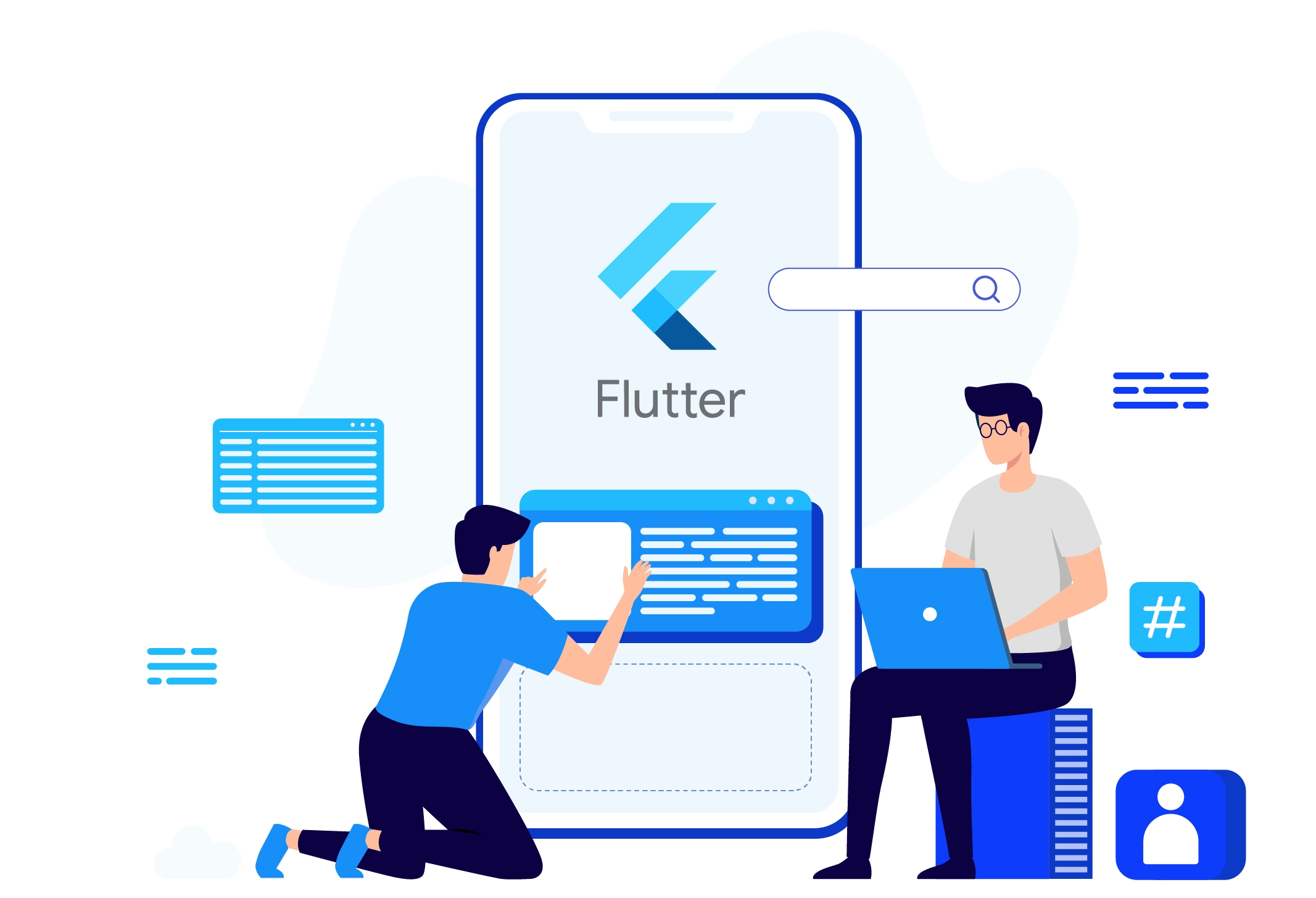
Also, flutter’s widget-based architecture makes it entirely easy to compose all the complex UIs and customize app layouts to match all the design specifications. Besides, Flutter uses the Dart programming language, which is designed for building modern, object-oriented applications. Dart offers features like strong typing, asynchronous programming, and concise syntax, making it well-suited for mobile app development with Flutter. Furthermore, developers can use a single codebase programming language and a certain set of tools to build applications for all the multiplatform. This unified development experience streamlines the development process, reduces code duplication, and simplifies maintenance and updates for cross-platform apps.
The Elegance Comparison of What is Kotlin vs Flutter
Now let’s discuss the comparison of Kotlin vs Flutter for every project needs. Kotlin’s interoperability is good with Java which allows developers to leverage existing Java libraries, tools, and frameworks. Also, Koltin offers a concise syntax that reduces the boilerplate code and makes the development faster and more efficient. On the other side of the plate, flutter allows developers to write a single codebase from both iOS and Android applications which reduces the development time and effort. Another comparison is Flutter; it offers a hot-reloading feature that makes it easy to make all the changes at the backend while Kotlin offers a compilation of codes in a very similar format and offers better performance.
Besides, flutter makes use of Dart with JIT which enables it to compile in time and improves its efficiency and functionality. When compared to Kotlin it is supported by a wide range of IDEs, which includes Android Studio, DEA, and others that offer robust tooling for all the development. Flutter offers a perfect and native experience which is the major task of having a cross-platform application. Besides, developers cater a native performance on Android and iOS with Flutter that eliminates the need to write additional code.
When compared to Kotlin and Flutter, it offers a free environment to create a user interface so there are no restrictions on how developers can design them. Also, Kotlin allows developers to use native features when required code for any platform. Kotlin allows for gradual adoption in existing projects, enabling developers to introduce Kotlin code alongside existing Java code seamlessly.
Choosing Between Flutter and Kotlin; which one to choose for your project
Before choosing the right Android development tool flutter or Kotlin; it is very important to have a clear understanding of the mobile application project. To begin with, it is necessary to know what kind of feature the app wants to offer, performance expectations, and user experience goals. Then evaluate the project timeline and deadlines. Flutter’s single codebase and hot reload feature can accelerate development, whereas Kotlin may require separate codebases for Android and iOS. Move on to determine if the application requires deep integration with platform-specific features or third-party libraries. Kotlin might be preferred if your app heavily relies on Android-specific functionalities or existing Java libraries. Then consider the complexity and customization needs of the app user interface.
Flutter offers a rich set of UI components and customization options, whereas Kotlin requires additional effort for UI design, especially for iOS. Furthermore, evaluate the performance requirements of your app, such as responsiveness, animations, and rendering speed. Flutter’s architecture and Dart language can provide high performance, but Kotlin offers more native integration with Android platform APIs. Then assess the long-term maintainability and scalability of the application. Further, consider factors like official support, updates, and the evolution of each platform. Kotlin may offer more stability and official support from Google for Android development. So by systematically evaluating all these factors, anybody can make an informed decision about whether Flutter or Kotlin is the best choice for any application development project.
The Finale Flourish of Kotlin and Flutter with Pattem Digital
Let’s sketch a summary here as the choice between Flutter and Kotlin for Android development hinges on several critical factors. Understanding the project requirements, performance expectations, user experience goals, and timeline constraints is paramount. Flutter offers the advantage of a single codebase and hot reload feature, accelerating development speed. It excels in providing a unified development experience across multiple platforms, with a rich set of customizable widgets for creating beautiful user interfaces. On the other hand, Kotlin boasts seamless interoperability with Java, making it an excellent choice for projects requiring integration with existing Java codebases or heavy reliance on Android-specific functionalities.
Now let’s move on to utilizing digital platforms like Pattem Digital, a leading Kotlin development service that can streamline the development process and boost collaboration among team members. Also, Pattem Digital offers robust project management tools to facilitate better communication and make sure that development efforts are well-coordinated and aligned with project objectives.




